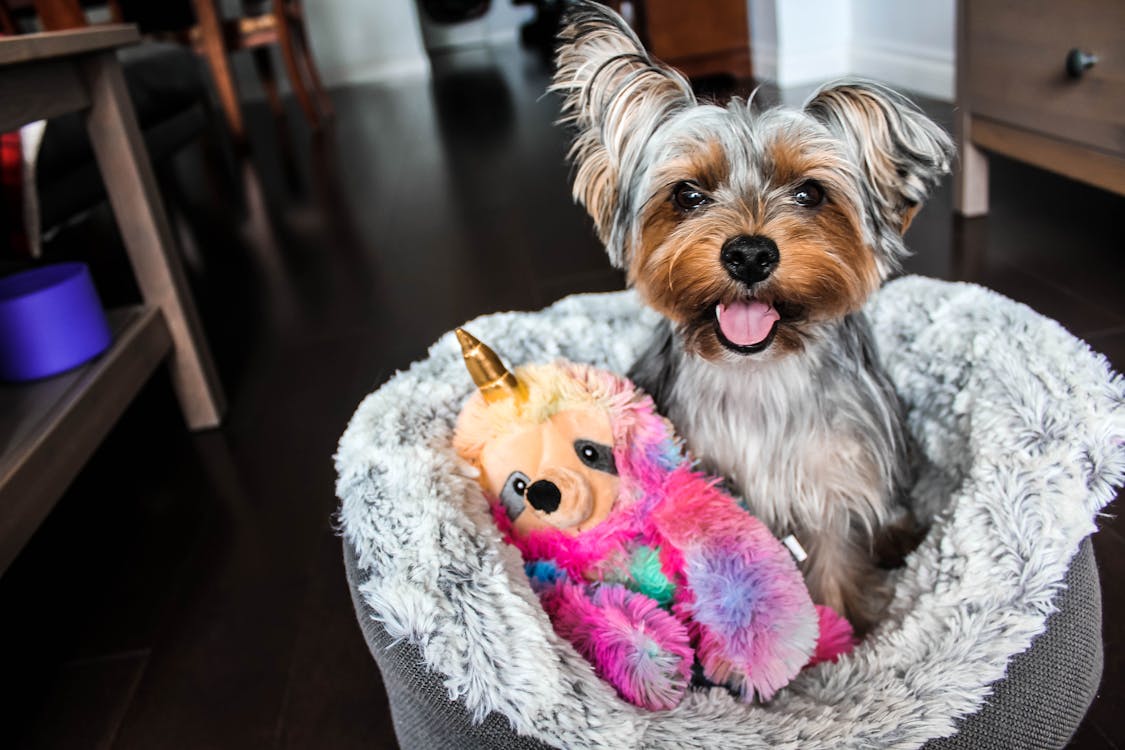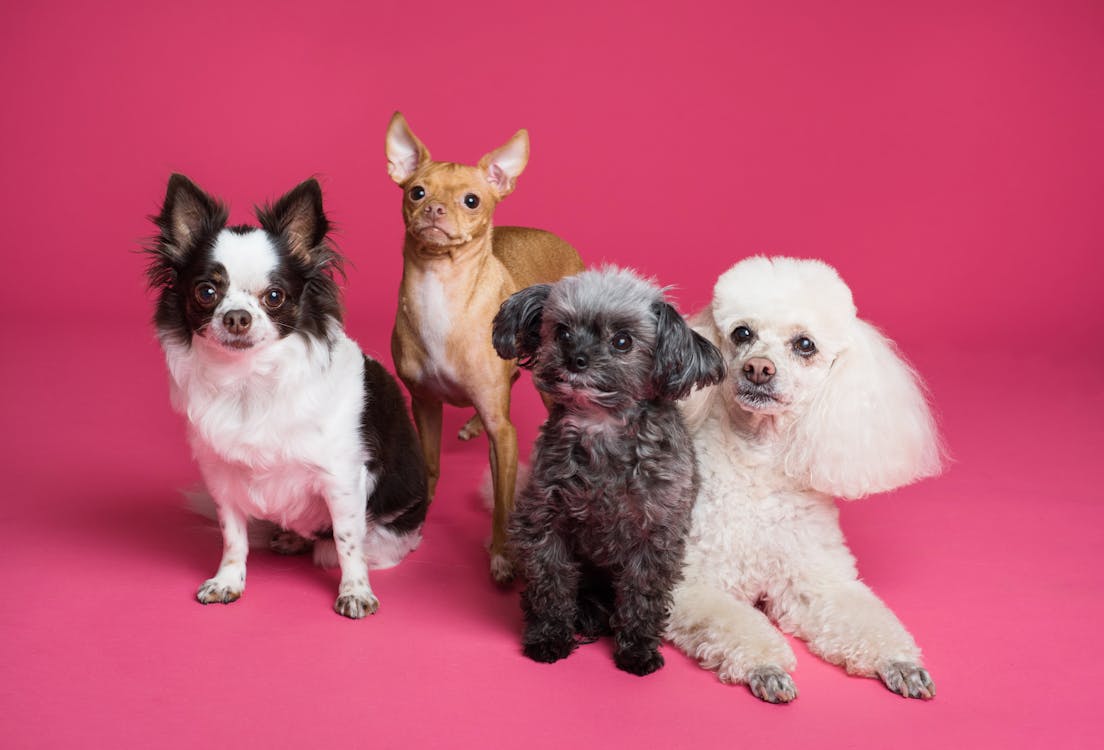Communication is a fundamental aspect of all social species, and dogs are no exception. While dogs may not communicate through spoken language like humans, they possess a rich and intricate system of communication through body language, vocalizations, and facial expressions. Understanding the silent language of dogs is essential for dog owners and enthusiasts alike, as it enables us to interpret their emotions, intentions, and needs accurately. In this article, we will explore the fascinating world of dog communication and body language, delving into the various ways dogs express themselves and how we can decode the silent cues that they use to communicate with us and other animals.
Tail Wagging – More Than Just Happiness

Tail wagging is one of the most well-known dog behaviors and is often associated with happiness and excitement. While a wagging tail can indeed indicate positive emotions, it’s essential to pay attention to the nuances of the wag to understand what a dog is trying to convey. A loose and wide wag with relaxed body language typically indicates a friendly and happy dog. On the other hand, a stiff and slow wag with a raised tail may signify tension or potential aggression. Additionally, the position of the tail can also convey different emotions; a tucked tail may indicate fear or submission, while a raised tail could signal alertness or dominance.
Ears – Windows to Their Emotions
A dog’s ears are highly expressive and can provide valuable insights into their emotional state. Erect and forward-facing ears are generally a sign of attentiveness and interest. When a dog is relaxed and content, their ears may be in a neutral position. On the other hand, flattened or pinned-back ears often indicate fear, anxiety, or submission. Dogs may also swivel their ears to listen to sounds coming from different directions, demonstrating their exceptional sense of hearing. By observing a dog’s ears, we can gain valuable information about their mood and feelings in a given situation.
Eye Contact – The Power of Staring

Eye contact is a potent form of communication in the canine world. Direct eye contact can have different meanings, depending on the context and the individual dog’s personality. Staring directly into a dog’s eyes can be perceived as a challenge or threat, especially if the dog feels uncomfortable or anxious. On the other hand, soft and gentle eye contact can convey trust and affection. Some dogs may avoid eye contact as a sign of submission or to signal that they are not a threat. It’s essential to be respectful of a dog’s comfort level with eye contact and allow them to initiate or break eye contact as they feel comfortable.
Yawning and Lip Licking – Stress and Calming Signals
Yawning and lip licking are subtle but significant signals that dogs use to communicate their stress or discomfort. When a dog yawns in the absence of fatigue, it can be a sign of anxiety or a way to calm themselves down in a stressful situation. Lip licking is another calming signal that dogs use to communicate that they are feeling uneasy or trying to diffuse tension. By recognizing these stress signals, we can help our dogs feel more at ease and avoid pushing them into uncomfortable situations.
Barking, Whining, and Howling – Vocal Expressions

Vocalizations are another crucial aspect of dog communication. Dogs use different types of barks, whines, and howls to express various emotions and needs. For example, a sharp and rapid bark can be a sign of alertness or warning, while a high-pitched, repetitive bark may indicate excitement or a desire to play. Whining can signify anxiety, frustration, or a request for attention or access to something. Howling is often associated with long-distance communication, such as a response to sirens or when trying to locate other pack members. By paying attention to the context and accompanying body language, we can better understand what our dogs are trying to communicate through their vocalizations.
Play Bow – Invitation to Play
The play bow is a classic and endearing behavior that dogs use to signal their desire to play with other dogs or humans. When a dog performs a play bow, they lower their front end while keeping their rear end elevated, often wagging their tail enthusiastically. This body posture is an invitation to engage in play and is often accompanied by playful barks and bouncing movements. Dogs also use the play bow as a way to communicate that their actions are not aggressive, but rather playful in nature.
Raised Hackles – Indication of Arousal

The hackles are the fur along a dog’s back and neck that can stand up when they are aroused or feel threatened. Raised hackles can be a response to various stimuli, including excitement, fear, or a sense of being on guard. A dog with raised hackles may not necessarily be aggressive, but rather, their body is reacting to the emotional or physical situation they are experiencing. Paying attention to the overall body language and context is crucial in understanding the reason behind a dog’s raised hackles.
Rolling Over – Submission or Invitation?
When a dog rolls over on their back, exposing their belly, it can have multiple meanings. In some cases, it can be a sign of submission, indicating that the dog is acknowledging the other individual’s higher rank or seeking to avoid conflict. On the other hand, some dogs may roll over as an invitation for belly rubs and affection. Understanding the context and the dog’s overall body language can help differentiate between a submissive gesture and a friendly invitation for belly rubs.
Decoding the silent language of dogs is a fascinating and essential skill for any dog owner or enthusiast. By paying attention to their body language, facial expressions, vocalizations, and subtle behaviors, we can gain valuable insights into their emotions, needs, and intentions. Tail wagging, ear positions, eye contact, yawning, and lip licking are just a few of the many ways dogs communicate non-verbally. By recognizing and respecting their communication cues, we can strengthen our bond with our canine companions and build a deeper understanding of their inner world. A harmonious relationship built on effective communication is the foundation for a happy and fulfilling life together with our beloved furry friends.


